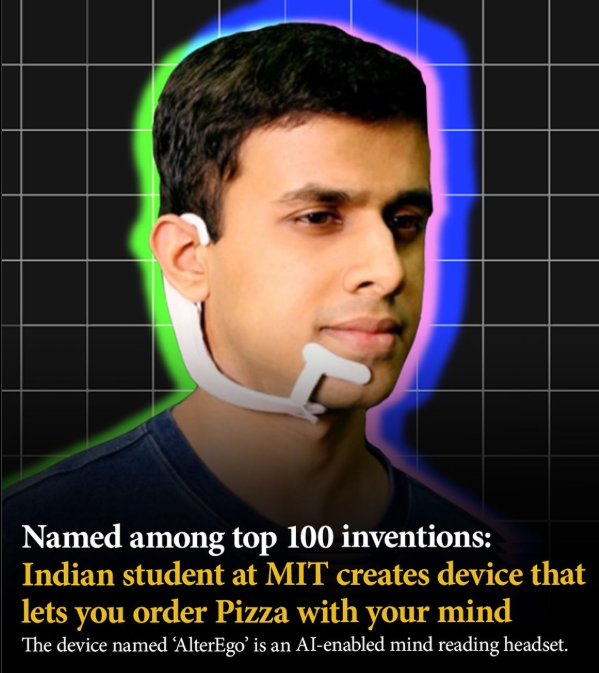The Spotlight
The News
OpenAI Expects Business to Burn $115 Billion Through 2029
OpenAI has dramatically raised its projected cash burn to $115 billion through 2029, a staggering $80 billion increase from previous estimates. The AI leader is set to burn over $8 billion this year alone. To control soaring costs, the company plans to develop its own data center server chips in partnership with Broadcom and build its own facilities, signaling a major strategic shift towards vertical integration.
Read More →Anthropic Pays $1.5B to Settle Author Copyright Lawsuit
In a landmark deal, Anthropic will pay at least $1.5 billion to settle a class-action lawsuit from US authors whose books were allegedly used without permission to train its AI systems. The settlement, which averages $3,000 per work, requires Anthropic to delete pirated files and only covers past activity. This follows a key court ruling that found training on copyrighted materials legal, but acquiring them from pirate sites illegal.
Read More →Alibaba’s AI Arm Drops Its “Biggest Model” Yet
Chinese e-commerce giant Alibaba has unveiled Qwen3-Max-Preview, its largest language model to date with over 1 trillion parameters. Betting on scale, Qwen claims the model outperforms competitors like Claude Opus 4 and DeepSeek-V3.1 on reasoning and coding tasks. The model supports a 262K token context window and is available now on multiple platforms, with competitive pricing.
Read More →The Toolkit
The Topic
The Quick Bytes
Qualcomm and BMW have teamed up to launch Snapdragon Ride Pilot, a jointly built automated driving system debuting in the BMW iX3.
Google’s AI Mode, already active in 180 countries, is edging closer to replacing traditional search as the default, turning search into a more conversational, closed system.
Google reduced Veo 3 pricing by nearly half to $0.40 per second and added support for vertical 9:16 videos and 1080p HD output.
China has debuted the world’s first 6G chip, which reportedly clocks speeds 10x faster than 5G by consolidating nine radio systems into one.
The Resources
EmbeddingGemma: Google's new open embedding model optimized for on-device AI. — Paper
The Agentic Systems Series: A complete guide for building AI coding assistants. — Book
REER (Reverse-Engineered Reasoning): A method to teach AI creative reasoning by working backwards from high-quality examples. — Paper
Why Language Models Hallucinate — Paper




